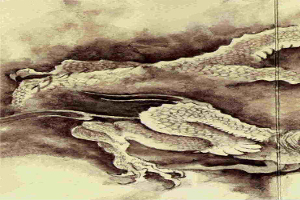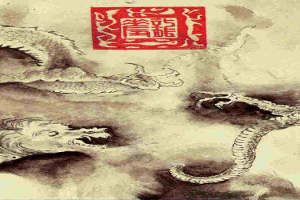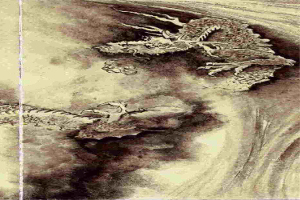A guest blog by Cristian Lopez, Five Elements Academy, Portsmouth & Southsea, UK.
When I was a little kid, I used to love looking at martial arts photos, it was a bit of a passion. I didn’t really get exposed to martial movies until much later as in my home country, Chile, we didn’t get to see a lot of those films. It was under an old cupboard in my home at the time, I was aged about 10, that I found this collection of martial arts photos, clearly left behind by the previous occupants. I used to practice the poses, copying the different stances and this is how I started on my journey.
Later on, I started learning Goyu Ryu Karate, Kenpo and eventually Tai Chi. I have studied a number of different styles including Chen and Wudang traditions, but it was in France when I was studying at university in Nancy that I became acquainted with Yang Ban Hou style Taijiquan through my teacher Yang Hong, or Yanni as she was known to her students. I originally met Yang Hong in Paris, 1992 after her cousins, my earlier teacher in Chile, referred me on to her. We were both studying at university in Nancy and she was deep into her training at the time. We also both travelled to Wales and trained with Erle Montague but in the end, after three years of training with her, she left France and returned to China. Though we were supposed to meet again in Paris but it never happened, and all have as a record of that time, other than my practice, is a piece of paper listing the principles she taught me.
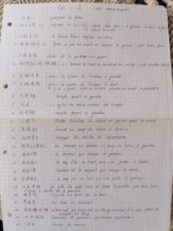
Yang Hong introduced me to the basic foundations of the Yang Style tai chi. First teaching me the low stances, middle stances and most importantly Bu Fa Gong (Stepping work). This refers to the stepping work we used to practice endlessly in the parks where we trained. Moving forward, backwards, and sidewards and so on. It is one of the most vital and important levels of work as it helps the practitioner to develop strength, rooting, and light, slow and fast stepping. All the effort I spent with her was well rewarded and she guided me not only into the forms but the deeper structures and applications. At the time, I never questioned her about the origins or lineage of her teaching, I simply followed her instructions blindly as I just wanted to learn as much as I could.
Later on, I realised that the Tai Chi form that I was learning wasn’t the compulsory routines that she would more normally be teaching in her school. One day, as she cooked me a meal, she sat me down and explained that the form we were learning was in fact Yang Ban-Hou Taijiquan. She told me about how she had learnt the form from her father who was also a tai chi teacher and that alongside learning all the more traditional Yang style forms and techniques. He had also pushed her to learn the Yang Ban Hou Taijiquan Nei Jia, called so because there is a deep focus in the style on the underlying internal principles within each movement or posture. The martial aspects are evident and clearly expressed in the style, yet it also includes deeper level of energy work more normally associated with Daoist qigong practices in which the intention is used to coordinate the expression of the ‘qi’ or ‘vital energy’. In this way, it is intended as a form of inner cultivation as well as a martial arts practice.
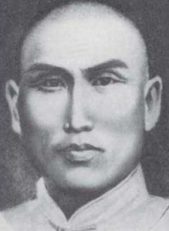
Yang Ban-Hou was the son of the founding father of Yang style Taijiquan, Yang Lu-Chan. He lived 1837–1890 and was well known for his hard style of training and bellicose temper. There is not a lot written about Yang Ban-Hou but if you are interested you can find out a little more about him via the wulinmingshi.com where there is an interesting article about training in this lineage in the Yongnian area of China.
While it was clear to me that she was teaching me a different from of the Yang style form which I was familiar, at the time I was just happy to be learning with such a great teacher. The movements were different, more agile, spiralling, fluid and dynamic. The names of the movements were all different from that which I already knew. There was, as Yang Hong used to say to me “no fancy, no waste of time”. We moved freely, rooted (song), we moved fast and slow, breath work integrated into the movement. Keep “focused on your opponent and be a soft as cotton” she used to say. I did a lot of research as I tried to find her when I went to Xian some years later, but nobody knew her. I found a picture of the man I believe to be her father, Yu Fei Yang. A number of people recognised him as someone teaching Yang Ban Hou Taijiquan in the area. However, when I tried to find him, I discovered they had moved to another city near the south.
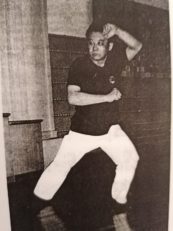
I also spoke with Yong Lao Shi, a nun from a temple in Wudang mountain where I also trained about yang Ban-Hou. She gave me some money to go to Hua Shan and Dan Jian Ku to search for the history of the form as according to her the old form of Yang Style does have its roots in those areas. During that trip I found out that the form had originally been 380 movements and had only later been reduced to 180. Now that is a very long form. Around that time, I also visited Yang Ban-Hou teachers in Tian Tan park, Beijing, and they confirmed the form I am now teaching to my students at the Five elements Academy in Portsmouth, is authentic and follows the lineage tradition. Nevertheless, the real story of Yang Ban-Hou is difficult to research and little has been written that is available in the west. I still continue to research the subject and I am always happy to learn more. So, if you know something and would like to share get in touch.
Cristian Lopez.
You can get in touch with Cristian via the Five Elements Academy website.
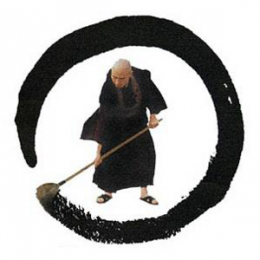






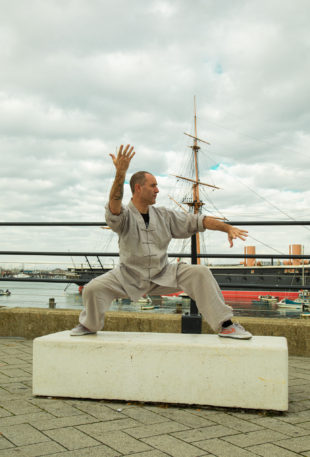
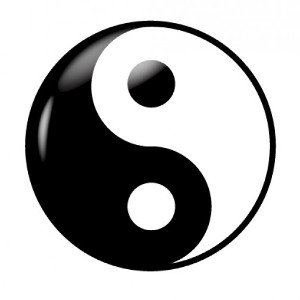 China Tai Chi Guide
China Tai Chi Guide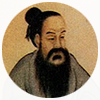 Five Elements Academy
Five Elements Academy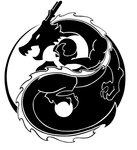 Long Tou Shan Tai Chi School
Long Tou Shan Tai Chi School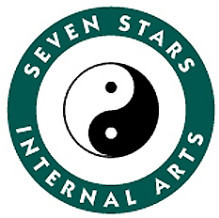 Seven Stars Internal Arts
Seven Stars Internal Arts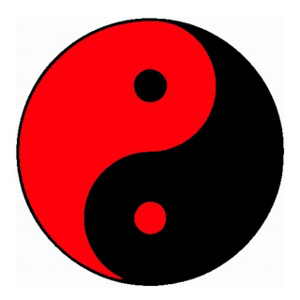 Traditional Tai Chi School
Traditional Tai Chi School Wandering Dao, China
Wandering Dao, China